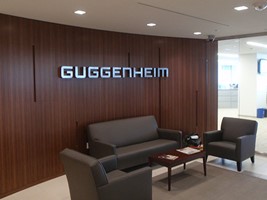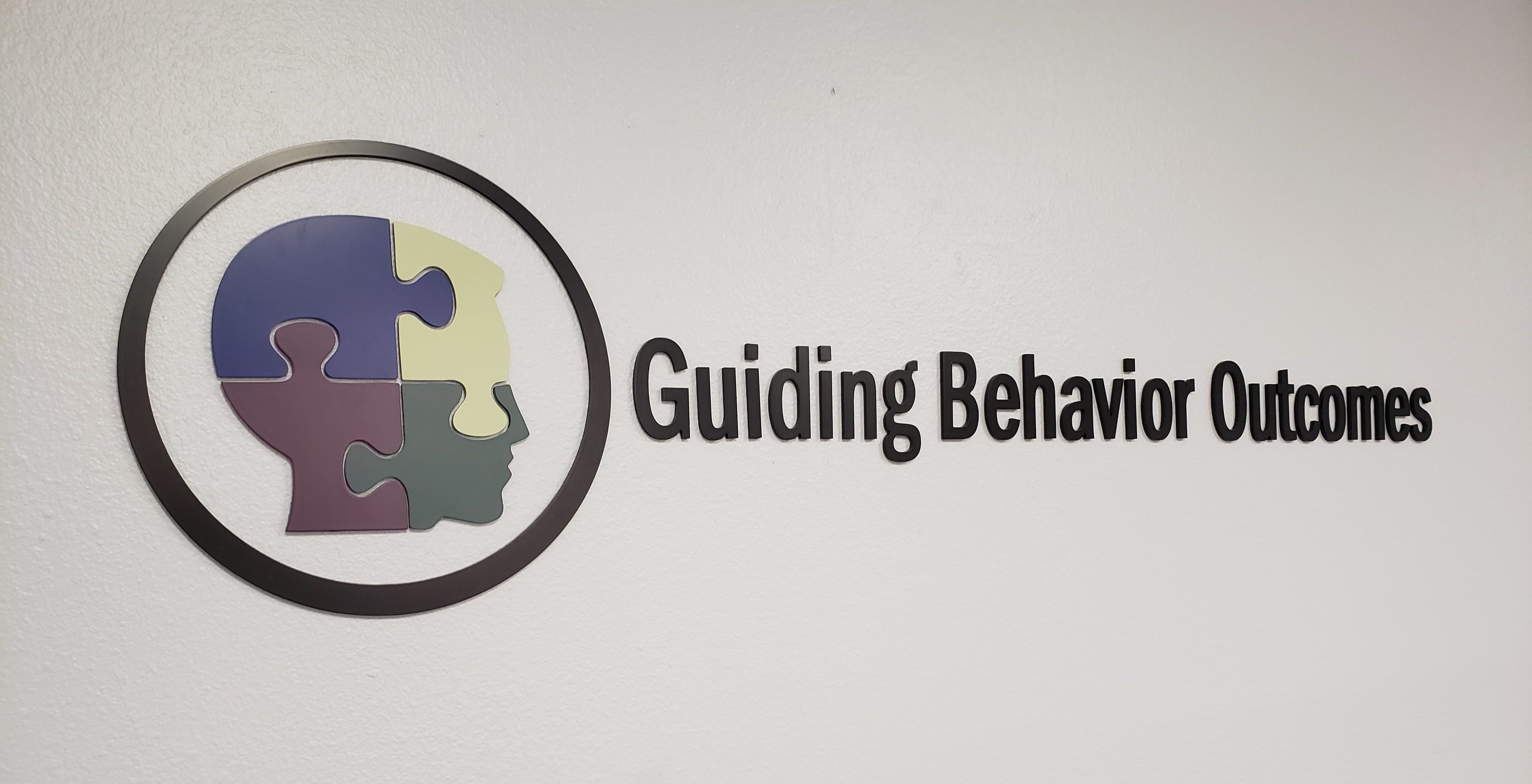
Indoor signs
3/9/2022

Though “wayfinding” likely isn’t a word that comes up in your typical conversations, it’s something you experience every single day. Wayfinding refers to the simple process by which you determine your position and follow along a route; it’s an information system that helps guide people through an environment while enhancing their understanding of your space.
In a hospital or medical clinic, anxiety levels are often naturally high. A sense of being lost within a clinical environment can exacerbate that anxiety – and that’s where wayfinding comes in.
Healthcare facilities are naturally complex environments, with numerous wings and wards to navigate. Patients will often have to find their way through a variety of locations over the course of just one visit. A sense of disorientation only makes an anxiety-inducing situation worse; the frustration of being lost is cited as one of the top complaints by visitors to healthcare facilities.
Plus, if construction or renovations have resulted in patient-facing spaces being permanently moved or temporarily relocated, wayfinding is even more crucial. Regular clients who know the routine in your building can quickly become lost or confused – ensure they know where to go with highly visible wayfinding solutions that can guide the way.
A comprehensive wayfinding system can have a hugely positive impact on the visitor and patient experience in your facility. Integrating directional signage into your larger brand strategy can create a seamless transition for your patients as they navigate your hallways, informing and guiding them while strengthening your branding.
Whether you need to update your directory signage with new branding elements, or are renovating your building and need to update your entire wayfinding strategy, contact us to set up a free consultation and discuss all the solutions available to you.